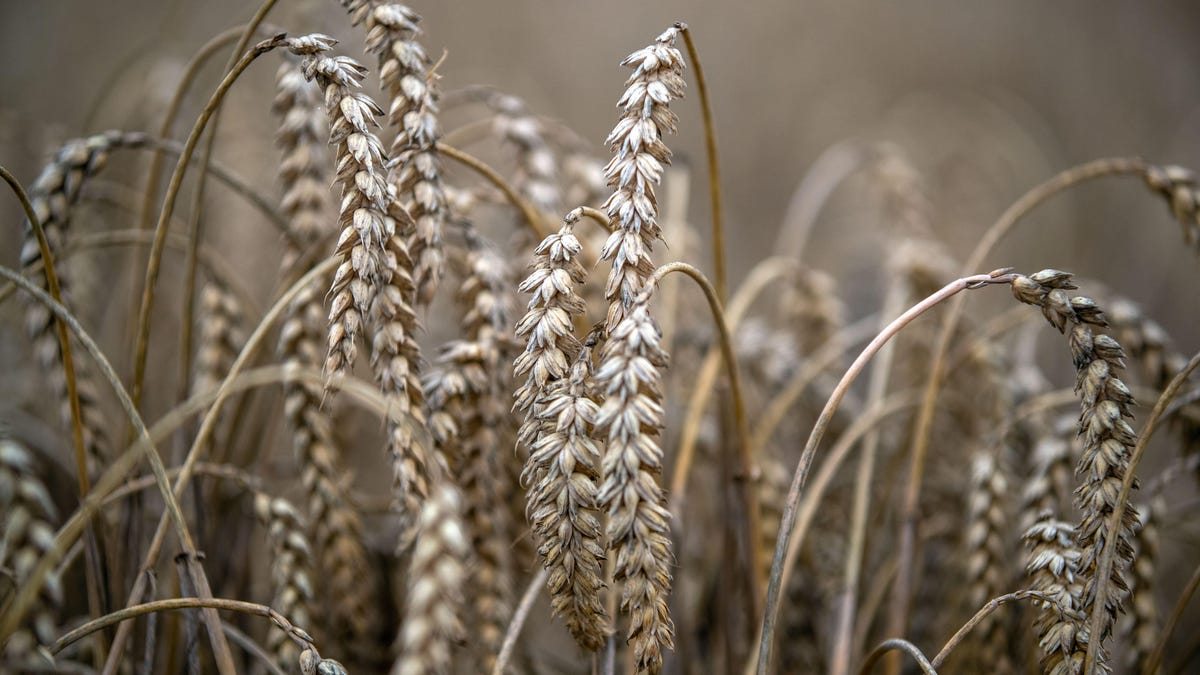Scientists find a way to make sure your food is actually gluten-free
Australian researchers have discovered how to detect the specific glutens in wheat, barley, oats -- and now rye.

Grains can mean serious trouble for people whose bodies can't handle gluten.
If you can't safely ingest gluten, you can soon breathe (or eat) a little easier. Australia's national science agency has completed the "Grand Slam" of gluten detection. In addition to figuring out how to detect the specific glutens in wheat, barley and oats, the agency's scientists can now pinpoint gluten in a less-studied grain: rye.
Australia's Commonwealth Scientific and Industrial Research Organization (CSIRO) said current commercial tests can only tell that gluten is present in a food, but not the grain from which it originates. But the new testing can do much more.
"Being able to detect any protein in diverse foods and beverages will help food companies ensure that what's in the pack is what's on the pack, and help consumers trust pack labeling around gluten-free claims," Michelle Colgrave, a protein analytics expert with CSIRO, said Thursday in a statement.
The CSRIO researchers analyzed 20 varieties of rye from 12 countries. The experiment revealed six proteins that are specific to all rye varieties but don't appear in other grains. While testing a range of products, the team found that a cereal labeled "gluten free" actually contained trace amounts of rye.
CSRIO said it plans to continue validating the method's accuracy and will work toward commercializing the testing.

